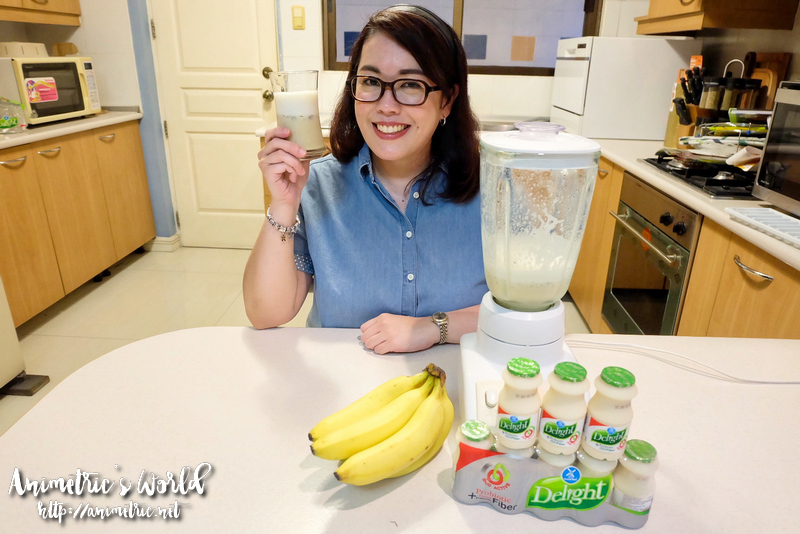Buying a blender used to be simple. You go to the store, look at a variety of machines that more or less did the same thing, and then choose based on your budget. You can still do that, but if you want a little more from your blender, there are now a lot of other things to consider.
 These days, aside from the brand and price, you need to think of the following:
These days, aside from the brand and price, you need to think of the following:
- Purpose – When purchasing any home appliance, always start with what you plan to do with it. The same goes for blenders. If you’re looking for a blender to whip up margaritas, look for something that can crush ice. But if you’re looking for something to shred spinach for green smoothies, you’ll want something better suited for that. Those are the two extremes, with a whole range of middle-road options for people who want something more versatile. The point, you know what you need best. Let that knowledge to guide you in your decision-making.
- Speed – Most blenders come with a range of speeds. Old-school blenders include buttons that control how fast the blades spin, delivering results ranging from chopping to liquefying. We’re not talking about that. Rather than focusing on the end product, focus on the kinds of ingredients you plan to use. Combined with the next criterion, knowing what you plan to blend means being better able to determine how fast your blender needs to spin and what kind of blades it should use.
- Types of blades – The earliest blenders were two or four sharp blades sitting at the bottom of a jar. That’s still a tried-and-tested design, but blades now come in a range of materials from stainless steel to diamond. Some blender brands even claim that you don’t even want sharp blades because dull blades produce superior drinks. Before you try to sort this all out, know what kind of ingredients you’ll be blending. Some blade columns are better suited for crushing, but do a terrible job of shredding. Some do well at shredding greens, but not so well at mixing thick liquids.
- Ease of cleaning – Using a blender is inherently messy. It involves spinning blades at the bottom of a jug to mix ingredients. Some old sitcoms have famous scenes in which characters unwittingly look into a blender, only to have what they’re mixing shoot up all over their faces. Thus, cleaning up will definitely be an issue. Some blenders are easy to clean. Some require a process that involves removing the bottom of the jar to clean the individual components. You might need to pay a little more for one that’s easier to clean, but if you value efficiency and convenience, it might be worth the investment.
- Size – You have a lot of size options available when looking at blenders. Some big ones are loaded with features, but can cost a lot of money and take up a lot of space. Which size to pick does not only depend on how much counter space you can spare, but whether you might also need something you can take with you.
- Price – This is always a consideration. If you have cash to burn, it might not be all that important. But if you’re on a tight budget, you need to shop mindfully. If you save a few dollars buying a blender that’s not suitable for your purposes, you’ve saved money buying a pricey paperweight. Generally speaking, the more features you want, the more your blender will cost.
The key to a successful blender purchase is first knowing what you’re going to do with it. If you don’t start with that, you may not get it right. Once you’ve figured that out, you can make your choice based on what you’re blending, how easy it is to clean, how big or portable it needs to be, and how much it costs.
Like this post? Subscribe to this blog by clicking HERE.
Let’s stay connected: